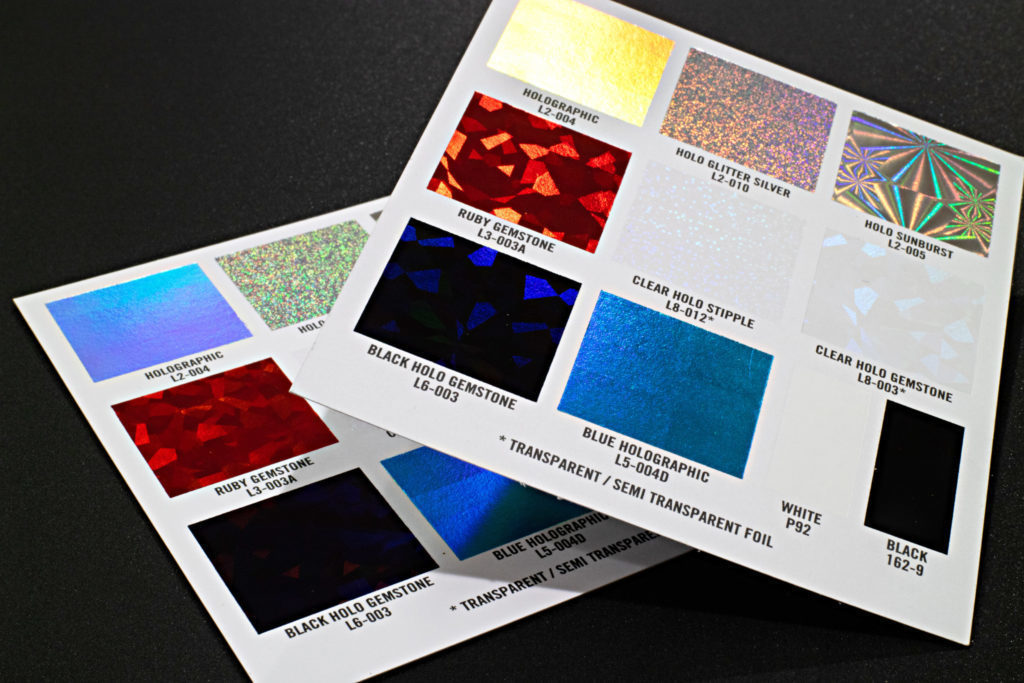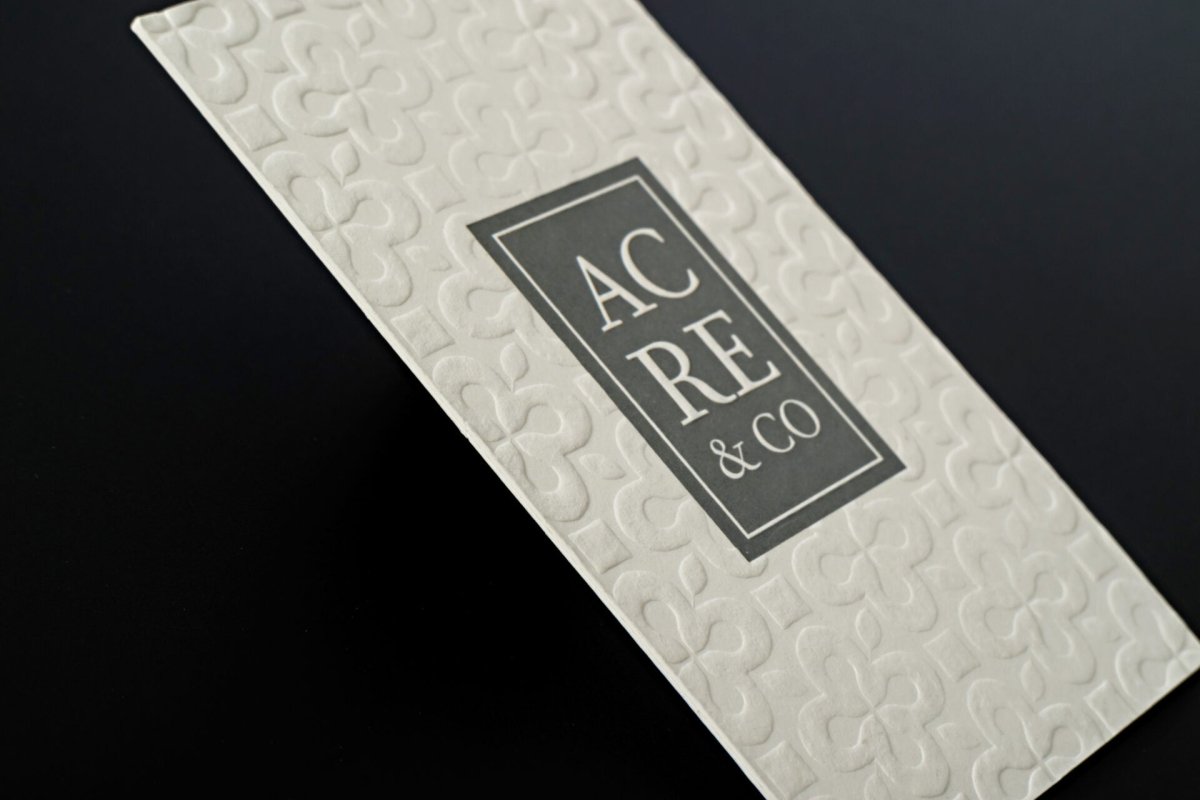Brand logos are everywhere. You see them on the clothing, groceries, and luxury items you buy. Often, you don't pay much attention. But when prompted, how easy would it be to pick out your favorite brand just by the image, shape, or even color of their logo?
Logos are a core part of modern marketing. Without many (or any) words, they can reveal your company's core messaging, and highlight its products. Even more, they allow you to tie your individual offerings together, creating an image in your audience's mind that acts as a mnemonic for remembering the experience they had with you as they find themselves in need of a product like yours again.
A Brief History of Brand Logos
Don't worry - this won't be one of those boring history lectures you had to endure in high school. Did you know that technically, brand logos are more than 8,000 years old? Cultures like the Egyptians, Mesopotamians, and others used them to brand certain types of pottery, often associated with marks from specific artists.
In medieval times, reading was kind of a challenge. Logos began to communicate anything from family to business, like inns and pub. You knew that if you saw a specific red kettle, you had found your lodging of choice for the night if you'd stayed there previously. Images became associated with businesses almost as naturally as they are now.
In the 19th century, that process got formalized. Now, brands deliberately picked logos to help them get recognized through their promotional messaging. The Coca Cola logo, in fact, was first conceptualized in 1885!
All these eras developed toward what we know about logos today. They allow businesses to get crucial information across much faster, and without having to cross language barriers. At their best, though, they do even more than that.
Your Logo as an Identity Mark
A logo reveals your identity. It helps you define and communicate your brand, going beyond physical features and towards feelings and emotions. The sense of familiarity your audience gets as a result is a core part of customer retention, loyalty, and future purchases.
Not any logo will do. Too often, especially
small and medium-sized organizations go with a mark that doesn't actually represent the business. They know about its general components, but don't actually pay enough attention or resources to make sure it accurately reflects them.
Think about that problem from your audience's perspective. A logo is a quick way to communicate business and brand value. But that can also have negative implications. If you're shopping for two products, and one of them has a sloppy or confusing mark, which will you choose? The answer tends to be clear.
Understanding that you need a logo is only the first step. You also need to make sure that it relates directly back to your brand, and works well for the spaces for which it's intended. Then come the design choices. From colors to letters, you need to make sure that every decision is made deliberately and with the goal of advancing your brand.
The Importance of Brand Context
Finally, it's crucial to remember that no logo exists in isolation. Only a precious few of us tend to find ourselves in monopoly situations in which no direct competition exists. Much more likely is a scenario in which other companies of your size and stature try to compete with you for your audience's attention and dollars.
What does your logo look like within the competitive environment you find yourself in? What choices have your competitors made, and how can you walk the line between differentiating yourself enough to stand out, without breaking with norms that your audience expects within the industry? If you don't consider the context, even the best logo could fail.
What Does it Take to Design a Great Logo?
You might have noticed it at this point: designing a great logo requires much more than a graphic designer simply sitting down and starting up their favorite software package. If that's the approach, even the best designer will fail to come up with a mark that actually makes an impact.
Instead, designing a logo takes strategy, careful thought, and consideration of a larger context. That's not always easy to achieve, especially considering that you probably want your logo quickly. And even when it's designed, ask yourself: how do you know it's the right mark? When do you need a refresh to keep it current for your audience?
It's not that your audience will ask these same questions. It's that they expect immediate answers to them. That implicit demand is common knowledge for most brand marketers who realize that first impressions and emotions matter at least as much in marketing as the text and images chosen for more in-depth messaging.
In this eBook
Time to stop with the generalities. If you want a great logo, you need to know the background behind that effort. But you'll also need the specifics to make sure that logo actually moves from first idea to a mark that defines your brand in the eyes of your audience.
That's what this eBook will cover. Once you understand exactly how a logo can improve your business, you'll get an introduction of the brand implications for it as well as design principles you have to follow at all/most times. Then, we'll dive into the specifics of how to make sure your mark achieves its goals in bringing your business forward. All that, in 10,000 words or less. Welcome to the Comprehensive Guide to Logo Design.
Table of Contents
Chapter 1: How a Logo Can Improve Your Business
Chapter 2: Brand Before Logo, and How the Two Relate
Chapter 3: Basic Design Principles Before You Start
Chapter 4: The Types of Logos, and Why They Matter
Chapter 5: How to Conduct a Competitive Logo Analysis
Chapter 6: An Introduction to Logo Colors
Chapter 7: What About the Letters in Your Logo?
Chapter 8: The Actual Thing: Designing Your Logo
Epilogue: How Often Does Your Logo Need a Refresh?
![The Comprehensive Guide to Logo Design [Part 1: Introduction] - Print Peppermint](http://printpeppermint.com/cdn/shop/articles/the-comprehensive-guide-to-logo-design-part-1-introduction-280195.jpg?v=1685618078&width=1100)


